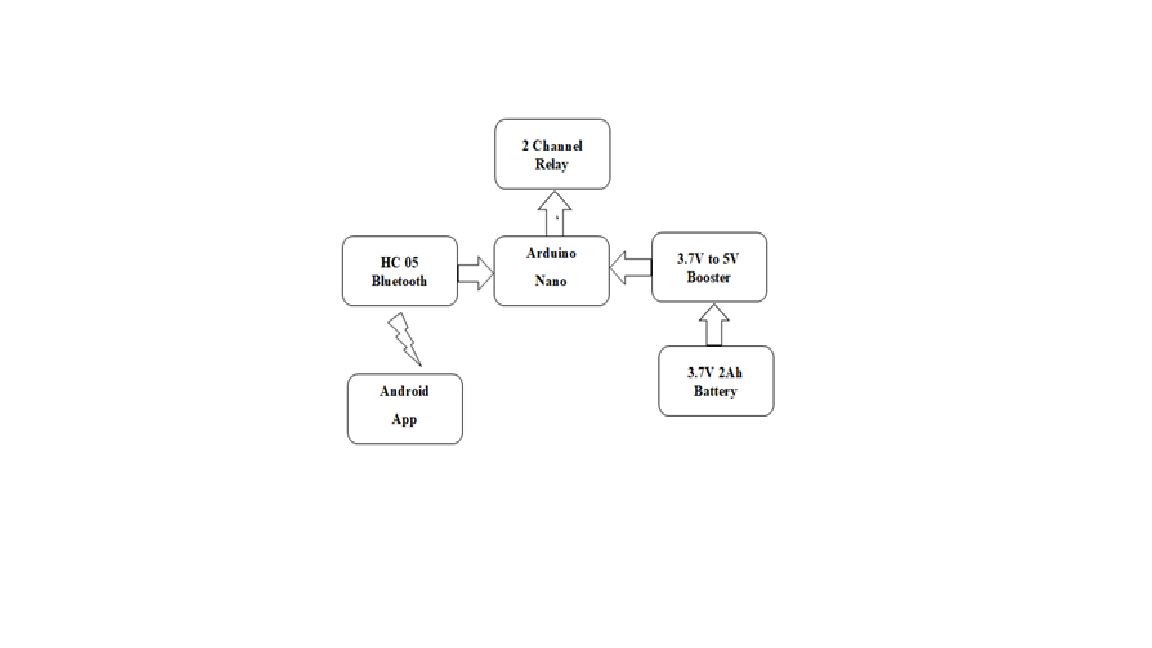Smart AC Load Controller with Bluetooth
Main Article Content
Abstract
Small, compact, and embedded sensors are becoming increasingly ubiquitous in everyday applications, including wearable devices, home automation, and e-health systems. Wireless transmission plays a crucial role in these technologies, with Bluetooth Low Energy (BLE) emerging as a leading solution due to its strong performance, low energy consumption, and widespread adoption. This review explores the methodologies used to assess BLE performance, focusing on its protocol characteristics and key performance metrics. It covers important factors such as throughput, maximum number of connectable devices, power consumption, latency, and range. The findings show that while BLE throughput can theoretically reach up to ~230 kbps, practical applications typically achieve a throughput of around ~100 kbps. Range is dependent on radio power and can extend to several tens of meters. The maximum number of connected nodes is typically under 10, influenced by connection parameters and network architecture. Power consumption and latency are affected by various factors and require further experimental validation to better understand the true limits of BLE technology.
